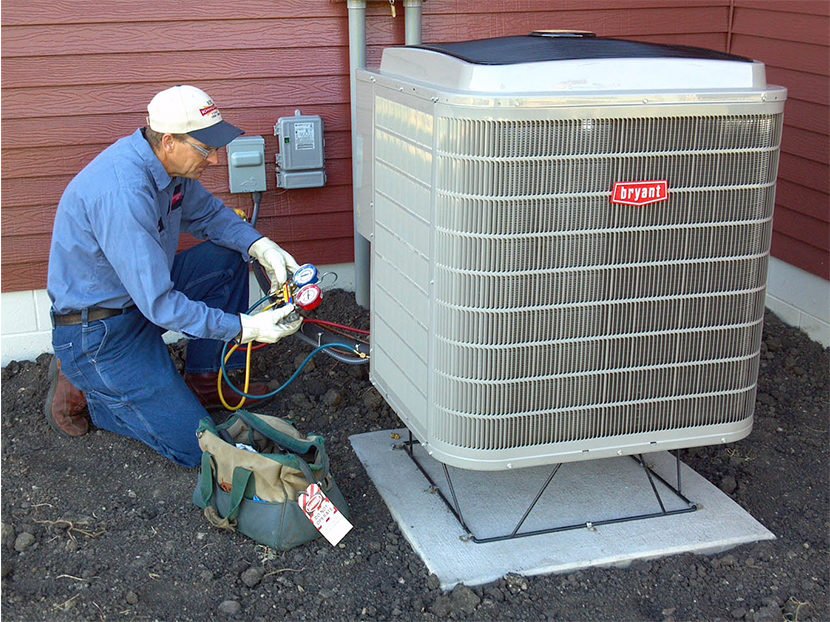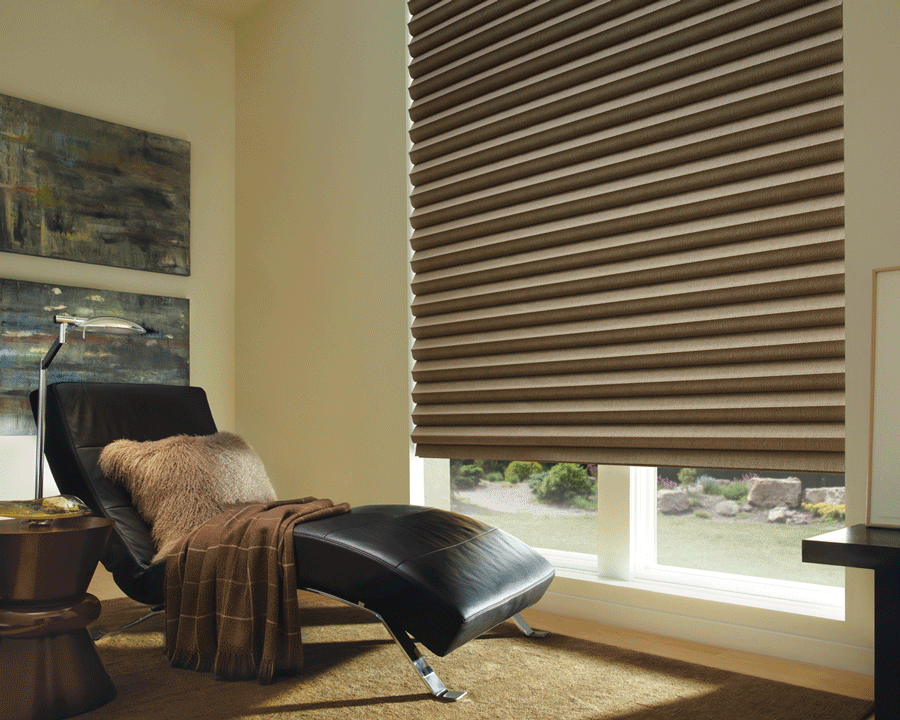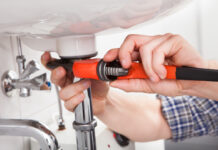A comfortable indoor environment is a top priority for homeowners and businesses alike as temperatures fluctuate throughout the year. Hence, it is essential to keep your heating, ventilation, and air conditioning (HVAC) systems in good working condition through regular maintenance.
With the rising cost of energy and HVAC services, it’s essential to explore practical strategies for reducing these expenses without compromising performance or air quality. This article delves into various ways to save on HVAC maintenance costs, from simple preventative measures to smart investments, all designed to ensure your system runs efficiently and cost-effectively, keeping you cool in the summer and warm in the winter.
- Regular HVAC Maintenance
Investing in a regular HVAC system maintenance plan is one of the crucial ways to reduce your costs. It ensures your HVAC works correctly, resulting in low utility and repair bills.
Regular maintenance can also extend the life of your unit and reduce the number of repairs that may be needed in the future. Consequently, it can improve the air quality of your home and make sure it’s more comfortable and healthier.
Scheduling regular inspections involves checking the filters, cleaning the coils, checking the units for wear and tear, and balancing the refrigerant levels. A maintenance program can identify potential issues before they become huge, saving you money in the long run.
If investing in regular HVAC maintenance is financially taxing, you can outsource financial support. Does homeowner insurance cover AC units? If your policy does, it’s best to take advantage of it to reduce expenses.
- Change Your Air Filters
Regularly changing the air filters is essential for various reasons. This ensures that your HVAC system is working at its best and improves air quality by reducing the allergens in the air. More importantly, changing them on a regular basis can help reduce your HVAC maintenance costs.
When dust particles accumulate in the air filter, your HVAC system will work harder to push the air into the filter. This means more energy will be used, resulting in higher electricity bills. Also, a clogged filter may result in more wear and tear in the unit, thus leading to costly repairs.
- Invest In Energy-Efficient Equipment
Energy-efficient equipment can significantly reduce HVAC maintenance costs and contribute to long-term savings. Opt for energy-efficient HVAC systems certified by reputable organizations that meet strict energy efficiency guidelines set by the U.S. Environmental Protection Agency (EPA).
Choosing an HVAC system that is appropriately sized for your home is essential. An improperly sized system can lead to decreased efficiency, increased wear and tear, and higher maintenance costs.
Also, consider additional features that can further enhance energy efficiency of the system, such as variable speed motors, multi-stage compressors, or smart thermostats. These can help you optimize energy usage and reduce maintenance costs.
- Use A Smart Thermostat
A smart thermostat is designed to adjust the temperature of a room based on the current condition. It automatically adjusts the temperature based on your preferences, schedule, or occupancy. By maintaining optimal temperature settings, your HVAC system doesn’t have to work as hard, reducing wear and tear on components and potentially lowering maintenance costs.
Additionally, many smart thermostats offer remote access through smartphone apps or web interfaces, allowing you to monitor and adjust your HVAC system from anywhere. Also, some smart thermostats are equipped with features that provide alerts for routine maintenance tasks, such as changing filters or scheduling a professional check-up.
This can help you spot potential issues early on, making addressing them easier before they become costly repairs.
- Reduce Heat Inside The Home On Hotter Months
Reducing heat inside the home can help keep indoor temperatures comfortable and lessen the workload on your HVAC system, reducing wear and tear. Ultimately, this also decreases maintenance costs in the long run.
You can use blinds, shades, curtains, or external shading devices like awnings to block sunlight from entering your home, especially on windows facing east and west. Alternatively, applying window film or tint to your windows to reflect heat and sunlight can reduce heat gain inside your home.
Ensure that your exhaust fans in the kitchen and bathroom are working perfectly to remove heat and humidity generated by cooking and showering. Additionally, you can promote natural ventilation by opening windows and doors when outdoor temperatures are cooler, typically in the early morning and evening.
During hot weather, try to cook outside using a grill or use your oven and stove less frequently. Also, minimize the use of heat-generating appliances like clothes dryers and dishwashers during the hottest part of the day.
Additionally, ceiling, box, and tower fans can help circulate air, creating a cooling effect and making the indoor temperature feel more comfortable. Remember to turn off fans when you leave a room, as they cool people, not spaces.
- Improve Insulation On Colder Months
Improving insulation in your home can help reduce HVAC maintenance costs by reducing the workload on your heating and cooling system and enhancing energy efficiency. With less wear and tear, there is minimal need for repairs.
By addressing gaps and cracks around windows, doors, and other openings, you can ensure that your home is properly sealed. Use weatherstripping, caulk, or expandable foam to seal any leaks that may allow air to infiltrate, compromising the efficiency of your insulation and HVAC system.
If your walls have inadequate insulation, consider adding more insulation material. Methods like blown-in cellulose or injection foam insulation can be used to retrofit existing walls without major demolition. Consider using higher R-value insulation materials like spray foam for new construction or substantial renovations.
In colder months, attics, basements, and crawlspaces are often a home’s primary source of heat loss. Increase the insulation in your attic by adding more layers of insulation material. Depending on the specific conditions of your basement or crawlspace, you can use foam board, spray foam, or batt insulation.
Conclusion
HVAC systems are critical for regulating indoor temperatures, which are essential for a comfortable and healthy living environment. However, like any other equipment, they require regular maintenance services.
Maintaining HVAC systems can be expensive. However, taking the time to implement these cost-saving measures not only benefits your wallet but also contributes to a more sustainable and energy-efficient future.




















